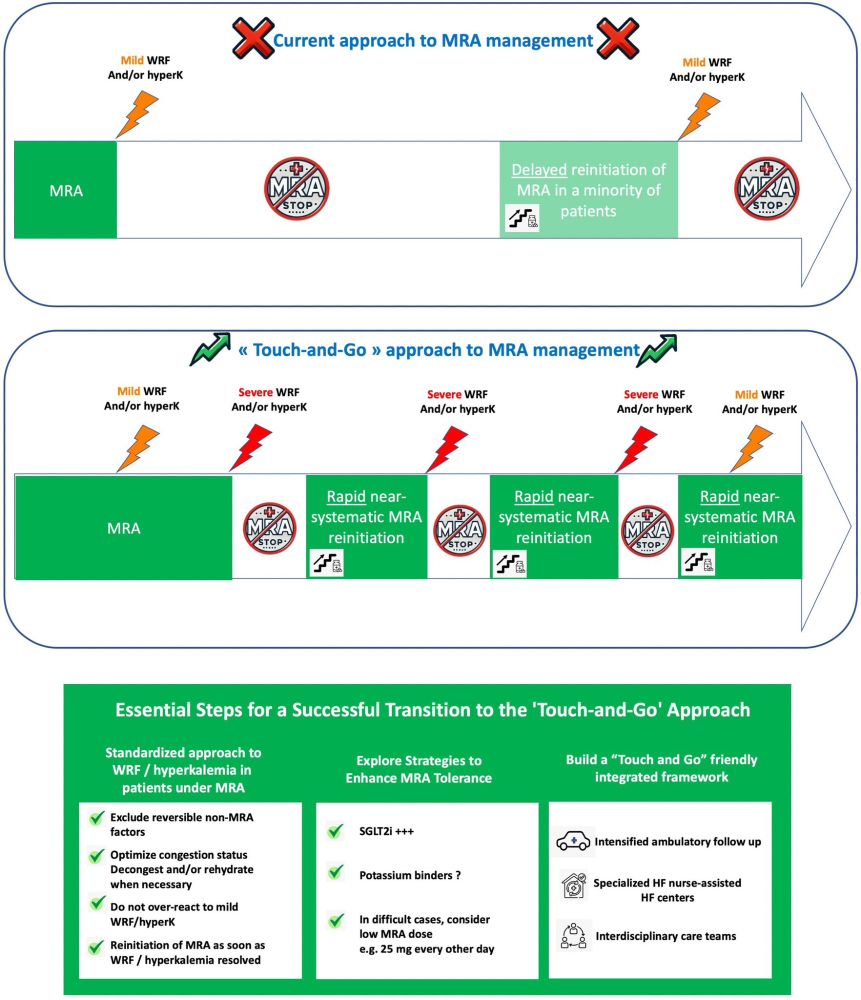Visit: theanabolicsteroids.com/index.php/20...
#ClenSalbutoforSale
#BuySalbutamolUSA
#OralSteroidOnline
#NakonMedical-US

Visit: theanabolicsteroids.com/index.php/20...
#ClenSalbutoforSale
#BuySalbutamolUSA
#OralSteroidOnline
#NakonMedical-US
Floege, J., Frankel, A. H., Erickson, K. F., Rtveladze, K., Punekar, Y., Mir, J. N., Walters, J., Ehm, A., & Fotheringham, J. (2025). The burden of hyperkalaemia in chronic kidney disease: A systematic literature review. Clinical Kidney Journal, 18(5), sfaf127
academic.oup.com/ckj/article/...



Floege, J., Frankel, A. H., Erickson, K. F., Rtveladze, K., Punekar, Y., Mir, J. N., Walters, J., Ehm, A., & Fotheringham, J. (2025). The burden of hyperkalaemia in chronic kidney disease: A systematic literature review. Clinical Kidney Journal, 18(5), sfaf127
academic.oup.com/ckj/article/...
sjtrem.biomedcentral.com/articles/10....
#OHCA #prehospital #hyperkalaemia #hypokalaemia #ALS

sjtrem.biomedcentral.com/articles/10....
#OHCA #prehospital #hyperkalaemia #hypokalaemia #ALS
20th October, 7-8pm
UKCPA Members - FREE
Guest - £35
Learning Outcome 2) Discuss how frequently encountered issues such as reduced renal function and hyperkalaemia may be managed in patients with heart failure

20th October, 7-8pm
UKCPA Members - FREE
Guest - £35
Learning Outcome 2) Discuss how frequently encountered issues such as reduced renal function and hyperkalaemia may be managed in patients with heart failure
However, people with chronic kidney disease [CKD] are excluded from the recommendation due to concerns about hyperkalaemia.
[1/2]
However, people with chronic kidney disease [CKD] are excluded from the recommendation due to concerns about hyperkalaemia.
[1/2]
Was once contraindicated.
As potassium it contains,
A fear of adding fuel to the flames,
So saline was preferred option instead.
Was once contraindicated.
As potassium it contains,
A fear of adding fuel to the flames,
So saline was preferred option instead.
www.thelancet.com/journals/lan...
@thelancet.com
#CardioSky #NephroSky


www.thelancet.com/journals/lan...
@thelancet.com
#CardioSky #NephroSky
Read more on MIMS

Read more on MIMS
I am still looking for the holy grail: a treatment* for rHTN in haemodialysis patients that controls HTN, smoothes the BP rollercoaster, and doesn't give hyperkalaemia.
* Other than daily HHD and bilateral nephrectomies

I am still looking for the holy grail: a treatment* for rHTN in haemodialysis patients that controls HTN, smoothes the BP rollercoaster, and doesn't give hyperkalaemia.
* Other than daily HHD and bilateral nephrectomies
Which of the following is a common adverse drug reaction of ACE inhibitors used to treat heart failure?
-Hypokalaemia
-Hyperkalaemia
-Tachycardia
-Constipation
Difficulty 💗 (answers in the comments please 😊)
Which of the following is a common adverse drug reaction of ACE inhibitors used to treat heart failure?
-Hypokalaemia
-Hyperkalaemia
-Tachycardia
-Constipation
Difficulty 💗 (answers in the comments please 😊)

Addressing the barriers: rethinking WRF and #hyperkalaemia
onlinelibrary.wiley.com/doi/abs/10.1... @escardio.bsky.social @anastasiasmihaili.bsky.social @shelleyzieroth.bsky.social

Addressing the barriers: rethinking WRF and #hyperkalaemia
onlinelibrary.wiley.com/doi/abs/10.1... @escardio.bsky.social @anastasiasmihaili.bsky.social @shelleyzieroth.bsky.social
Kudos to Yalin Yu et al. for this essential work. Let's reimagine hyperkalaemia management! 🌟 @rudolfj.bsky.social @andrewmallett8.bsky.social
#Nephrology
🧵2/2
Kudos to Yalin Yu et al. for this essential work. Let's reimagine hyperkalaemia management! 🌟 @rudolfj.bsky.social @andrewmallett8.bsky.social
#Nephrology
🧵2/2
Link to paper: doi.org/10.1186/s128...

Link to paper: doi.org/10.1186/s128...
www.nejm.org/doi/10.1056/...

www.nejm.org/doi/10.1056/...

